Curious Questions: Why do we send Christmas cards?
From the first Christmas card, born out of a lack of time, to today’s, adorned with crystals or wildflower seeds, the soft thud of festive post on the mat continues to spread good cheer, says Ben Lerwill.
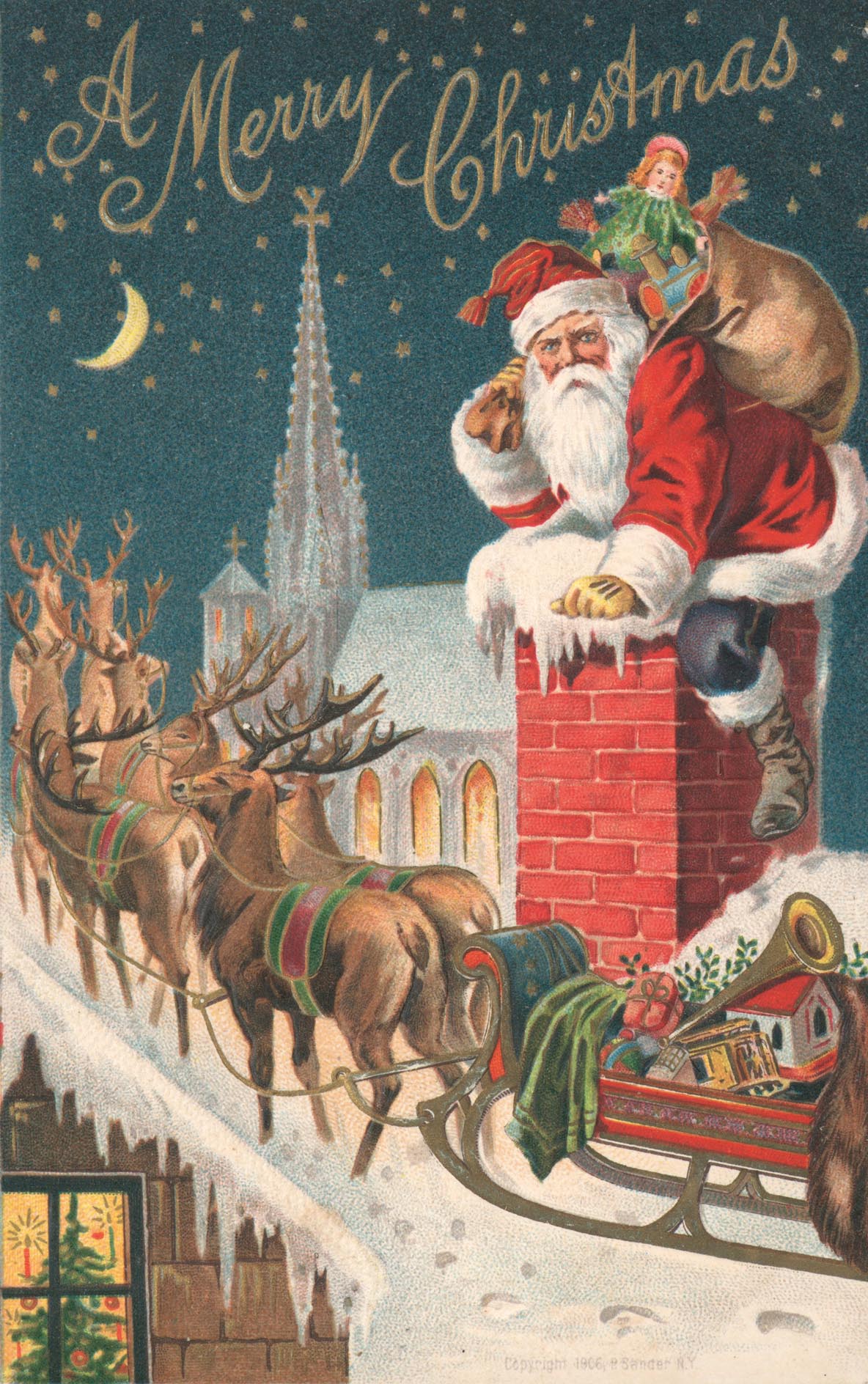

There’s a little jolt of pleasure that comes from holding an unopened Christmas card. Your eyes fall over the handwritten address, the neatly sealed envelope, the colourful, postmark-smudged stamp. Of all the customs entwined with the festive period — the drinks and decorations, the gifts and get-togethers — few are quite so symbolic as the humble card.
Whether hand delivered or pulled from a postbag halfway across the world, a Christmas card carries an uncomplicated annual reminder from sender to recipient: you matter to me.
The tradition, and the sentiment behind it, is a longstanding one. As did so many of our Christmas rituals — presents under the tree, crackers on the table, turkey with all the trimmings — the practice of sending cards began in the Victorian era. Modern cards might portray anything from holly motifs and trumpet-blaring angels to flying reindeer and cartoon elves, but the very first commercial Christmas card showed something more immediately relatable: a family gathered for a meal, wine glasses in hand.
The card dates to December 1843 — the same month in which Charles Dickens published the fast-selling A Christmas Carol — and was commissioned by the reformer and entrepreneur Henry Cole, who appears with his family in the card’s illustration.
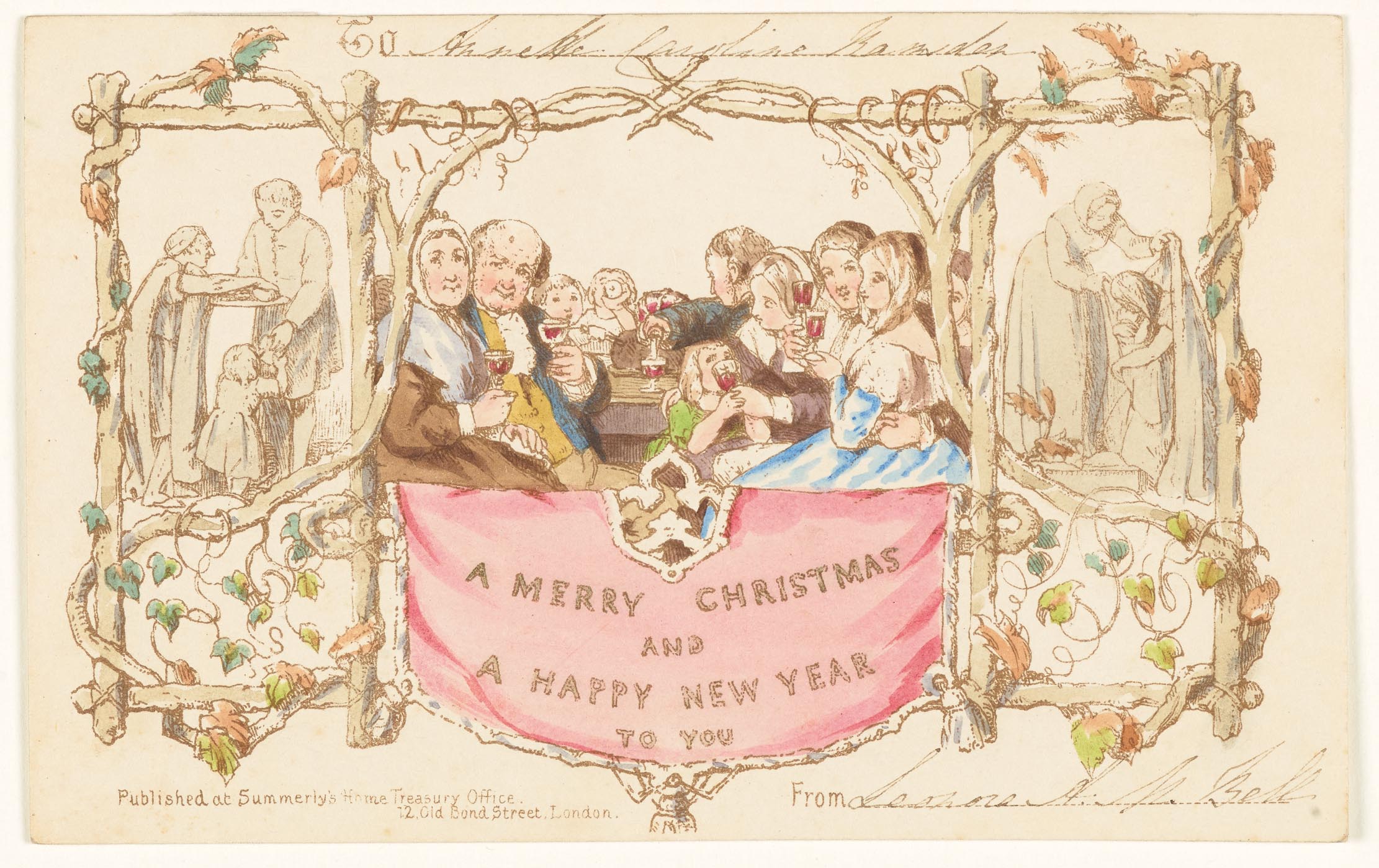
‘The custom at that time was to make Christmas visits to all one’s friends and acquaintances,’ explains Tim Travis, a curator at the V&A Museum, where Cole would later become the founding director.
‘Henry Cole was involved in many different projects and enterprises and, in 1843, he found he was simply too busy to make the customary Christmas visits or write letters to everyone in his wide social and professional circle. He commissioned his friend, the artist John Callcott Horsley, to design a ready-made card, with a printed greeting, which he could send instead.’
The card depicted three generations of the Cole family and was reproduced lithographically in a run of 1,000, all of which were individually hand coloured. The surplus cards were then sold from a Bond Street emporium for a shilling apiece. ‘The cards were a commercial flop,’ reveals Mr Travis. ‘To put it into context, one shilling was about the daily wage of a working man or the price of a good meal at Cole’s London club, The Reform.’
Exquisite houses, the beauty of Nature, and how to get the most from your life, straight to your inbox.
From these inauspicious beginnings, however, an industry was born. The notion of sending cards not only chimed with the idea of spreading goodwill (take that, Ebenezer), but was a way of displaying social standing.
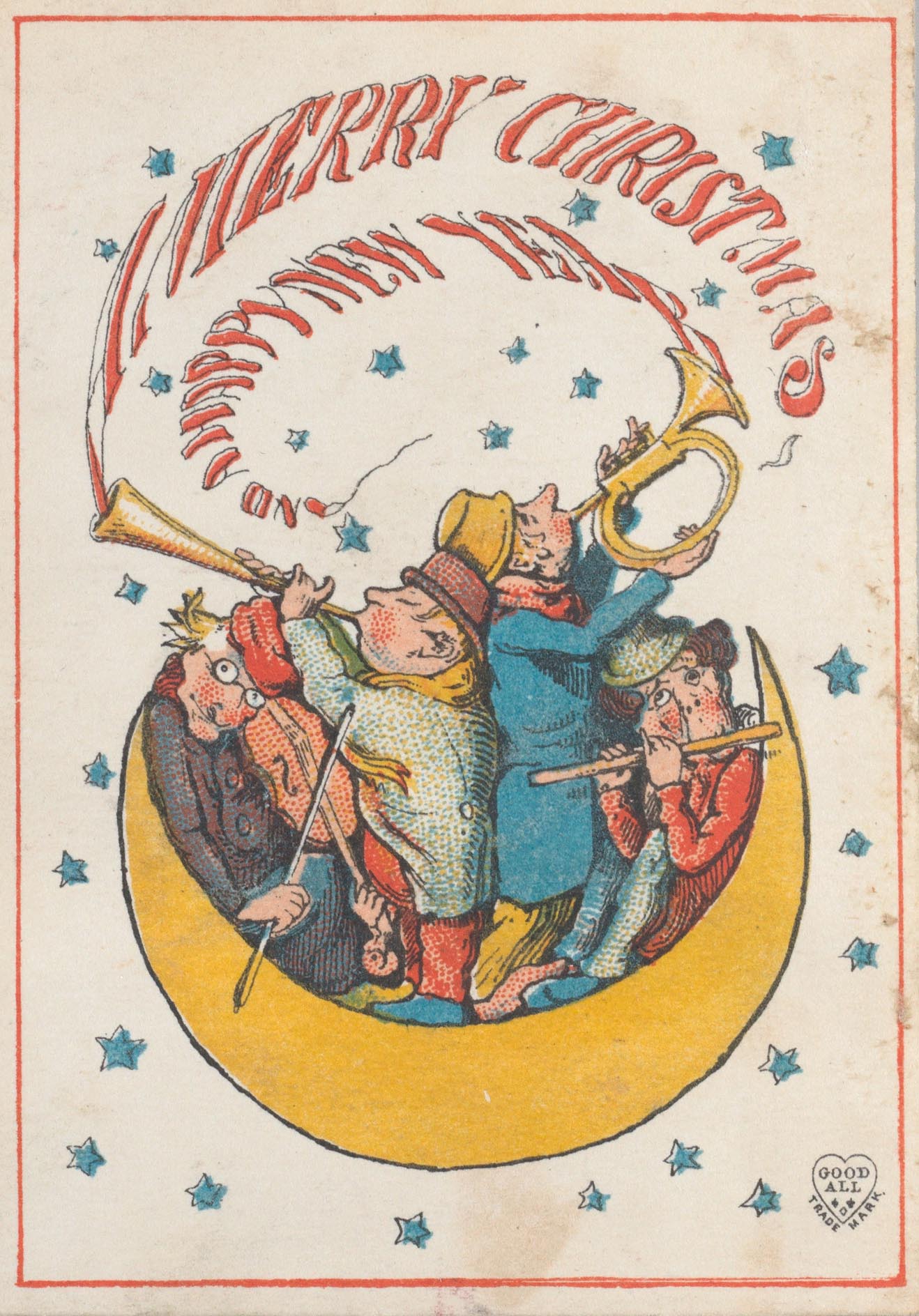
Within a few years, the middle classes had adopted the practice widely and card designs — many of which were adapted from already popular Valentine-card templates — incorporated everything from paper lace and metallic inks to fabric appliqué and even floral scenting. The period from the 1860s to the 1890s, boosted by advances in colour printing and an affordable postal system, saw the trend snowball dramatically.
‘The Christmas and New Year season of 1877 saw 4½ million additional letters delivered, a large portion of which arrived for sorting on Christmas Day itself. The extra weight of registered post was 3½ tons,’ reveals Joanna Espin, curator at London’s Postal Museum.
‘The depiction of the postal service on Christmas cards also became prevalent, with letter boxes and postmen frequently appearing.’
Indeed, the scarlet uniforms of Victorian postmen saw them nicknamed ‘robins’ and this, in turn, saw the birds themselves feature more regularly on Christmas-card designs.
By 1879, the Post Office had to serve public notice that ‘owing to the large number of Christmas and New Year’s Cards which it is the fashion to send at those periods of the year… the due dispatch and delivery of letters are almost impossible, unless the Public render assistance by posting their letters, &c., early’. In 1881, even Queen Victoria was reportedly feeling swamped by the number of cards she had to sign — she certainly wasn’t the last.
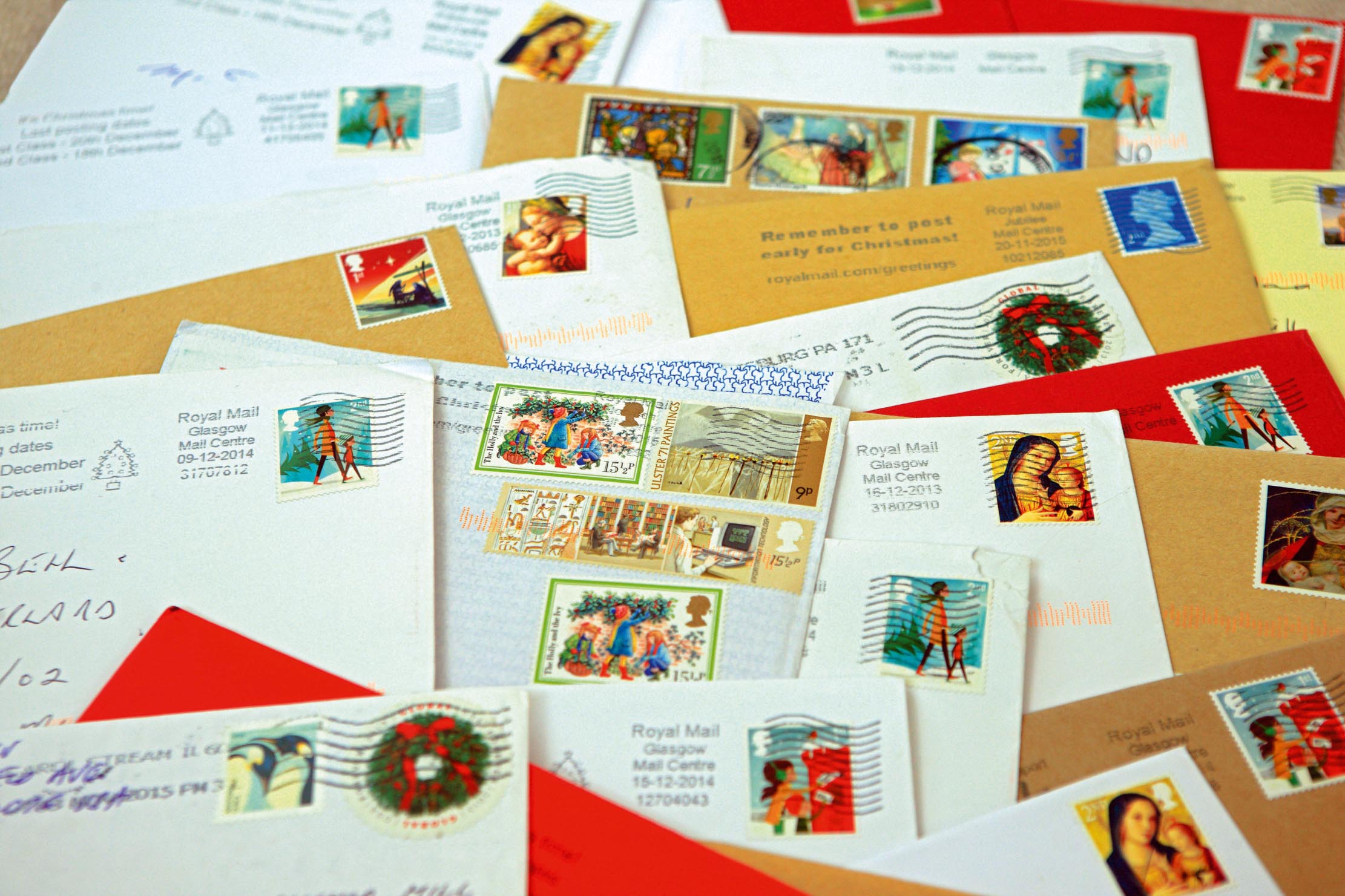
This popularity continued unabated into the 20th century, with designs veering more towards the types of subject matter familiar today, among them winter wildlife, Father Christmas, snowy landscapes and humorous drawings. Biblical scenes, then as now, were in the minority (a 2006 survey found that only one in every 100 cards sold in Britain contained religious imagery), with festive illustrations instead taking prominence.
A UNICEF card produced in 1949, meanwhile, triggered the emergence of an enduring and apt development: the charity Christmas card. Today, it’s estimated that the phenome-non helps UK charities to raise an annual £50 million. ‘I think it’s because charities are so numerous in Britain and have such prominence in British society,’ says Patricia Andrew, an Arts Society lecturer. ‘No country in the world has as many charity shops, events and street collections as we do. The ubiquity of charity cards makes them the norm.’
Christmas cards remain embedded in the British way of life, with many now containing yearly family newsletters or ‘round robins’. Royal Mail research from as recently as 2016 suggested that more than one billion cards were still being bought each year and demand for high-quality versions continues at the likes of Fortnum & Mason, Harrods and independent outlets such as Judi Glover Art and Sara Miller London. The practice received a boost in the pandemic, too, with ink to paper making up in a small way for face-to-face contact. ‘Interestingly, even today, the British — stereotypically inexpressive emotionally — send more greetings cards per head of the population than any other nationality in the world,’ points out Mr Travis.
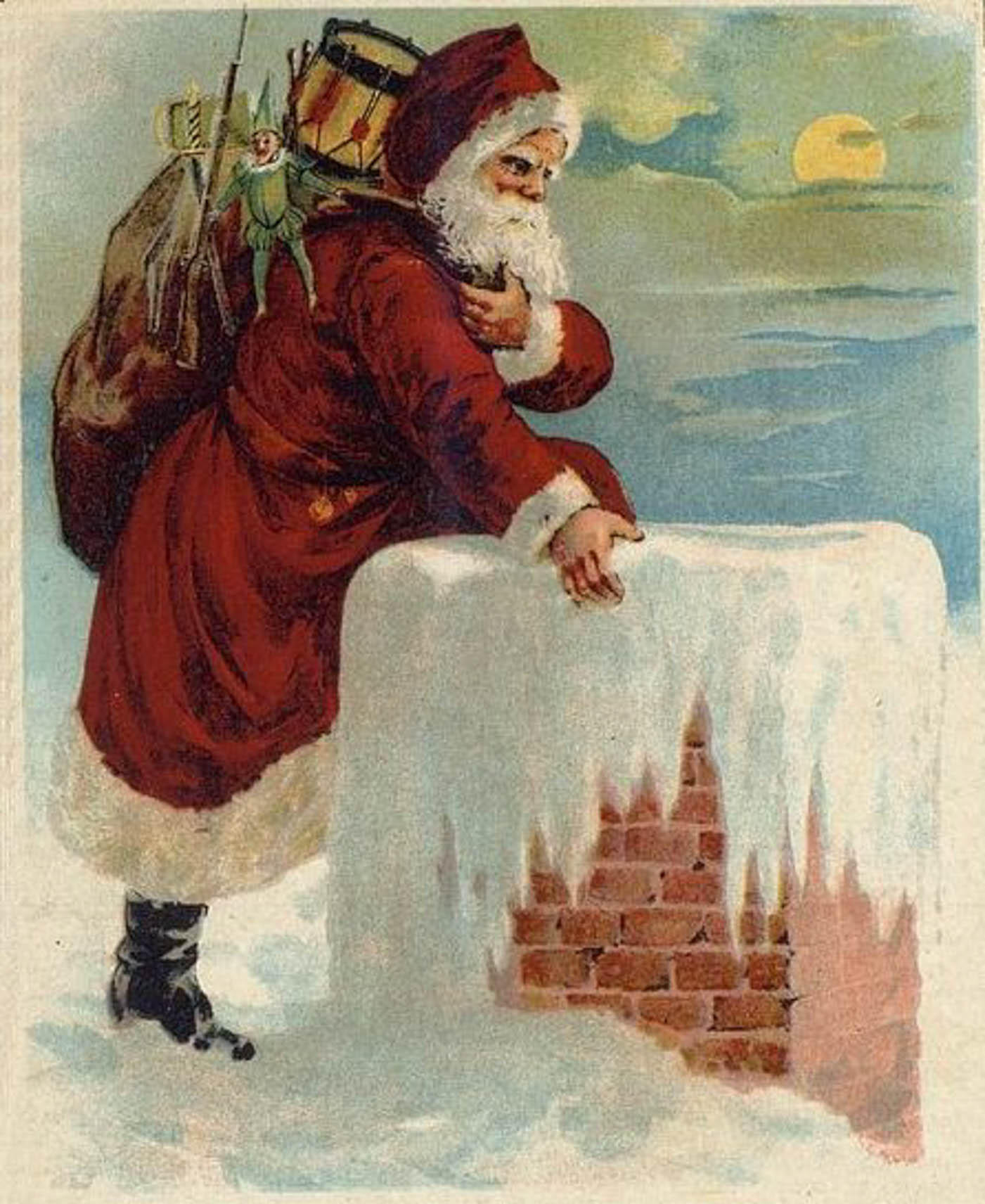
But what of the future? Will artistic e-cards become the new norm? ‘Christmas cards won’t cease, although they will be increasingly sent online,’ believes Dr Andrew. ‘Our household is probably pretty typical in that we send our own self-designed e-cards and we also buy traditional cards — we tailor the type to our recipients.’
It’s been almost 180 years since Cole commissioned that first festive card and our social priorities have shifted in any number of ways. Yet, when the fairy-lit December chill sets in, the soft thud of Christmas mail on the doormat — and the simple token of affection it contains — remains a cherished part of our seasonal routine.
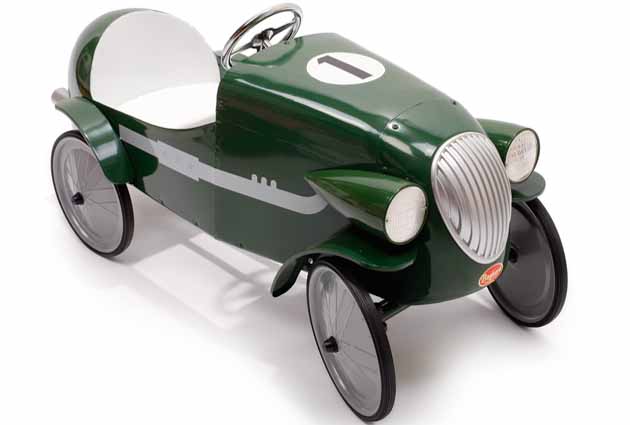
Christmas gifts for children
Kate Lloyd selects the ultimate luxury gift guide for children: we have original ideas for every age, and every wallet.
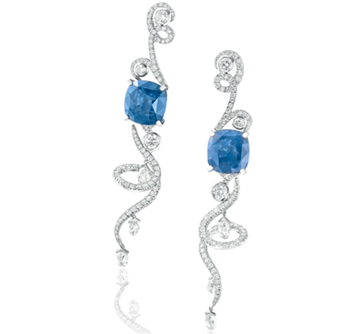
Christmas gifts for her
Kate Lloyd selects 2013's ultimate luxury gift guide for women, from wives to mothers, aunts, daughters, godchildren and grandmothers. We
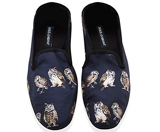
Christmas gifts for him
Kate Lloyd selects 2013's ultimate luxury gift guide for men, from the new Nexus 7 to a beautiful umbrella stand
Ben Lerwill is a multi-award-winning travel writer based in Oxford. He has written for publications and websites including national newspapers, Rough Guides, National Geographic Traveller, and many more. His children's books include Wildlives (Nosy Crow, 2019) and Climate Rebels and Wild Cities (both Puffin, 2020).
